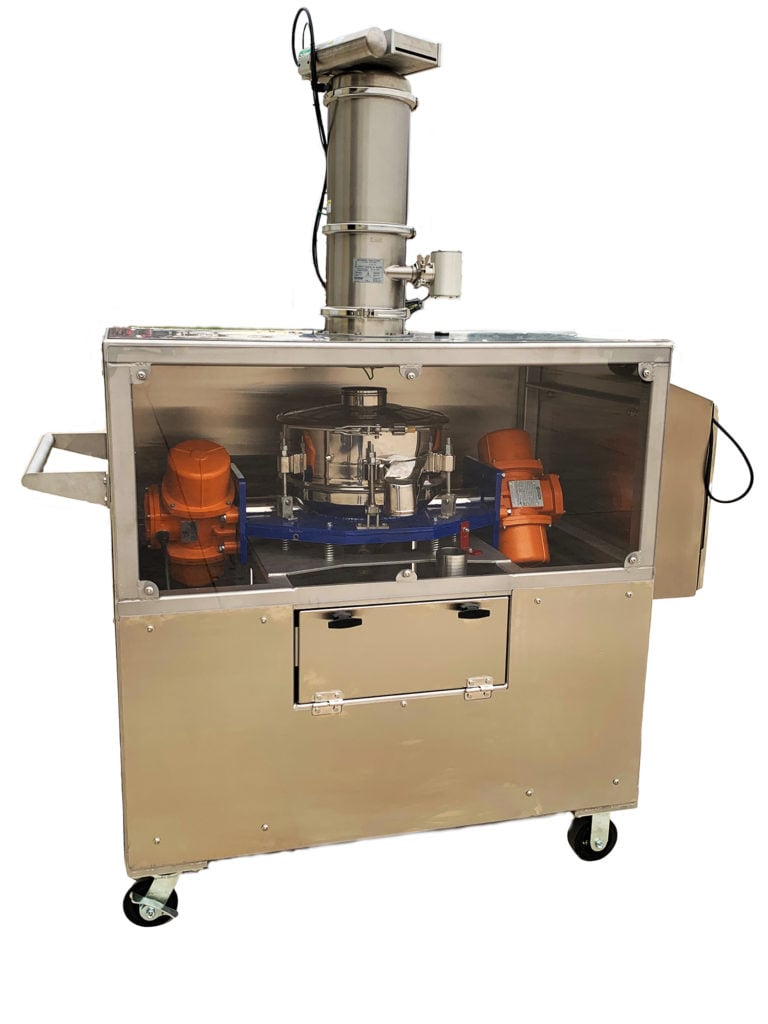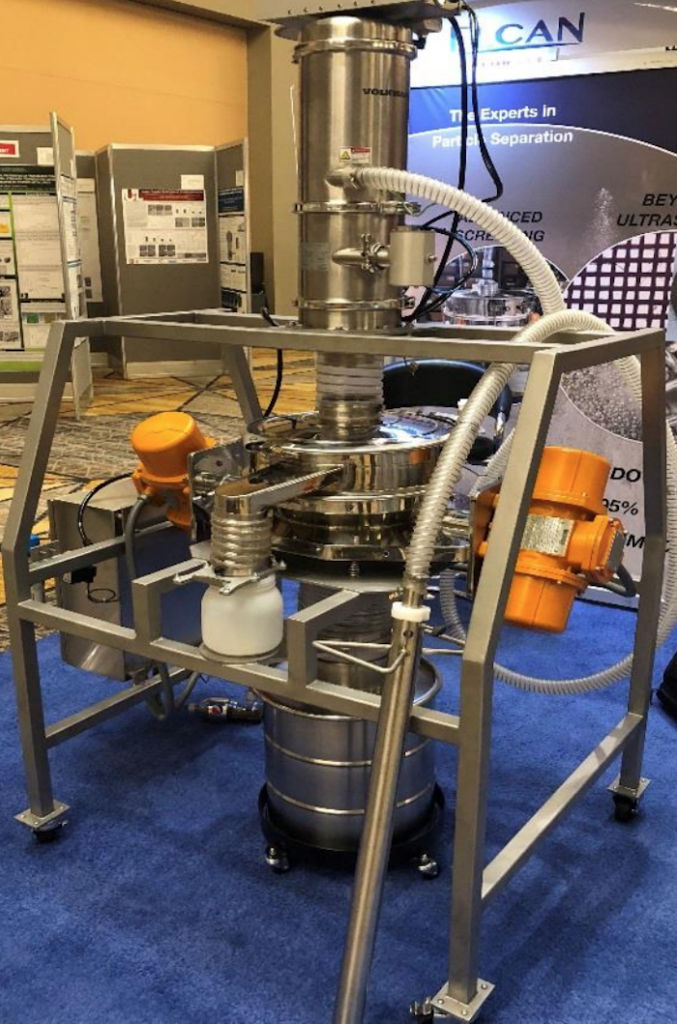
Charles R. Goulding and Peter Favata discuss the importance of quality for metal 3D printing materials.
Elcan Industries is a small New York-based company that specializes in toll screening and magnetic separation. A large part of their business has been geared towards producing machines that can sieve metal powders down to 15 microns. The company has sold screens, machines, and parts powder processors, however, they now engage in contract manufacturing for the use of their sieving machines which is called toll processing. Elcan can screen powders and materials including mica, brass, bronze, stainless steel, copper, molybdenum, cobalt chrome, nickel, and aluminum.
Recently, Elcan has decided to take a more modern approach to marketing, as Elcan CEO Russ Grotto recently spoke about in a podcast. He talked about how when his father owned the company there was a large focus on trade shows and making personal connections with customers at these shows. Russ however has a different approach, feeling that trade shows no longer provide that personal connection they once did. He plans to expand digital marketing, most importantly using Google but with YouTube as well. He believes this will be a much more efficient tactic, especially for the toll manufacturing side of the business.
Metal 3D Printing
With the rise of additive manufacturing, this opens up the opportunity for Elcan to expand. Companies that utilize metal 3D printing need to make sure the powder they use is not contaminated.
Any 3D print that is made with contaminated material must be discarded when it comes to the aerospace and automotive industry for the risk of part failure. This has become an ongoing issue in that many producers will not know powder is contaminated until it leads to a failed print. More and more manufactures are relying on companies like Elcan to make sure the powders they use are as pure as possible.

Another issue is with recycling these metal powders to be used for multiple prints being that they are very expensive.
When a 3D print is made, the metals are known to clump together causing structural issues if one of these clumps gets into a future print. This issue can be solved by sifting the powders after each print. Elcan can be contracted to sell a machine or complete the toll processing as a contract processer. They now can handle all types of metal powders except magnesium. It is this increased success that has allowed the company to grow; they will soon be opening a facility in North Carolina.
Manufactures and technical designers utilizing metal 3D printing may be eligible for R&D Tax Credits.
The Research & Development Tax Credit
Whether it’s used for creating and testing prototypes or for final production, 3D printing is a great indicator that R&D Credit eligible activities are taking place. Companies implementing this technology at any point should consider taking advantage of R&D Tax Credits.
Enacted in 1981, the now permanent Federal Research and Development (R&D) Tax Credit allows a credit that typically ranges from 4%-7% of eligible spending for new and improved products and processes. Qualified research must meet the following four criteria:
- Must be technological in nature
- Must be a component of the taxpayer’s business
- Must represent R&D in the experimental sense and generally includes all such costs related to the development or improvement of a product or process
- Must eliminate uncertainty through a process of experimentation that considers one or more alternatives
Eligible costs include US employee wages, cost of supplies consumed in the R&D process, cost of pre-production testing, US contract research expenses, and certain costs associated with developing a patent.
On December 18, 2015, President Obama signed the PATH Act, making the R&D Tax Credit permanent. Beginning in 2016, the R&D credit has been used to offset Alternative Minimum Tax (AMT) for companies with revenue below $50MM and, startup businesses can obtain up to $250,000 per year in payroll tax cash rebates.
Conclusion
With 3D metal printing getting more affordable, more companies are going to be turning to additive manufacturing to help produce items. Elcan seems to be well-prepared to meet this upcoming demand.
